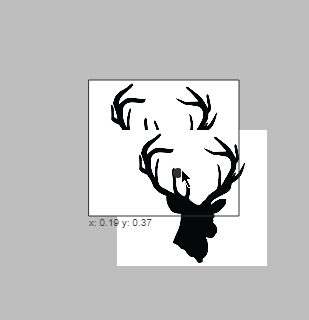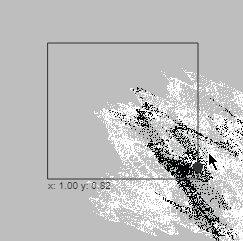I recently started exploring p5js to up my math game a little and practice per-pixel manipulation. I picked p5js because I like the interactivity and real-time feedback, it has an easy syntax and it’s easy to test the code in either the web-editor or with the processing app (using the p5js plugin).
After some fiddling around the “finished product” can distort any image using noise and the mouse position:

Transform with MousePos

In the process I realized that it might not be the best solution for advanced image manipulation because it gets slow - even with small images. So I spent a large portion of the time on performance optimization which involved writing replacements for the built in get and set functions:
function fget(x, y, src=pixels) {
x = parseInt(x);
y = parseInt(y);
let off = ((y * width) + (x)) * pxd * 4;
return [
src[off],
src[off + 1],
src[off + 2],
src[off + 3]
];
}
function fset(x, y, col, src=pixels) {
x = parseInt(x);
y = parseInt(y);
let off = ((y * width) + (x)) * pxd * 4;
src[off] = col[0];
src[off + 1] = col[1];
src[off + 2] = col[2];
src[off + 3] = col[3];
}
If you feel like playing around with it you can find the p5.js source here.
